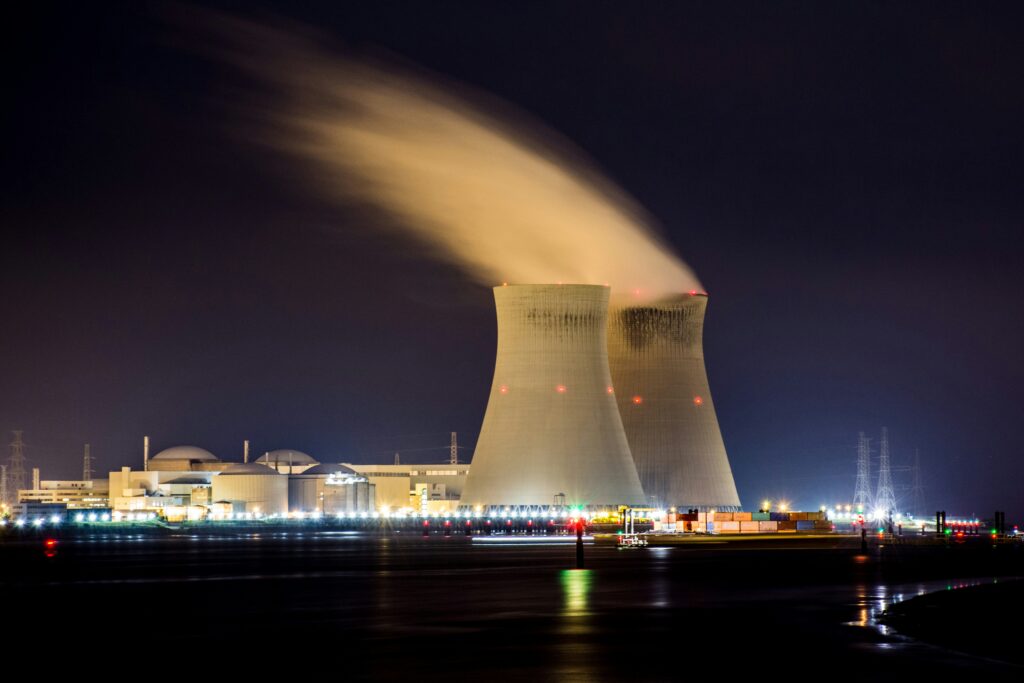Nuclear energy companies are increasingly focusing on microreactors, which are smaller, safer, and more modular than traditional reactors. These innovations are poised to play a key role in decarbonization efforts across industries by providing cleaner energy alternatives.
In recent years, nuclear energy has seen remarkable advancements, particularly in the United States, with significant progress toward deployment targets, reactor restarts, and new projects. Global climate targets have driven countries to explore nuclear energy as part of their renewable energy strategies. While Europe’s nuclear development lags behind the US, nations like France, Romania, and Bulgaria are ramping up investments in nuclear projects.
Nuclear reactors power diverse sectors, including manufacturing, oil production, desalination, and energy generation. They also serve in research, naval propulsion, and even consumer goods like smoke detectors and non-stick cookware. Amid growing energy demands, companies are downsizing reactors to accelerate zero-carbon energy production and reduce reliance on electric batteries. These microreactors, roughly the size of shipping containers, operate like compact power stations.
Why Microreactors Are Gaining Popularity
Microreactors offer reliable, clean energy and require no refueling for years, making them more dependable than conventional generators. Their passive safety features significantly reduce the risk of radioactive leaks, enhancing operational safety. They are also cost-effective, factory-assembled, and modular, making installation easier and less labor-intensive.
These small reactors serve various applications, from water desalination and district heating to military bases and mining operations. They are particularly useful in replacing fossil-fuel-based generators, such as those powered by gas or diesel, widely used in agriculture, healthcare, construction, and data centers. Transitioning to microreactors helps industries lower carbon emissions and operating costs.
In the mining industry, microreactors address both cost and environmental concerns. Mines traditionally rely on diesel, which is expensive and polluting. Microreactors provide a cleaner and more efficient alternative, with extended operational durations. Leading the charge is Westinghouse Nuclear with its eVinci microreactor. This reactor offers 5 megawatts of electricity for over eight years without refueling, providing scalable and carbon-free energy for universities, remote communities, industrial hubs, and defense operations. The eVinci reactor can also produce hydrogen, further diversifying its applications.
Jon Ball, head of the eVinci program, highlighted its potential: “The idea was initially to decarbonize remote communities reliant on costly diesel transport. Interest has expanded significantly, making this a major growth area,” he told the Financial Times.
Challenges Facing Nuclear Energy’s Growth
Despite progress, nuclear energy still faces opposition due to concerns over radioactive waste disposal and potential health and environmental risks. Improper handling of nuclear waste could contaminate vital resources like water and land, causing long-term damage.
Fears of nuclear disasters, like those at Chernobyl and Fukushima, amplify resistance to new and existing nuclear projects. Additionally, the risk of nuclear weapons proliferation raises geopolitical tensions, while uranium mining poses health risks, including increased lung cancer rates among workers.
High costs also deter nuclear energy expansion. Traditional reactors can cost billions to build, and while microreactors are less expensive, they still require significant investment. The underdeveloped market for microreactors makes securing investors challenging, particularly in an uncertain global economy.
Microreactors hold promise for cleaner energy and decarbonization, but the industry must overcome cost and perception barriers to achieve widespread adoption.


